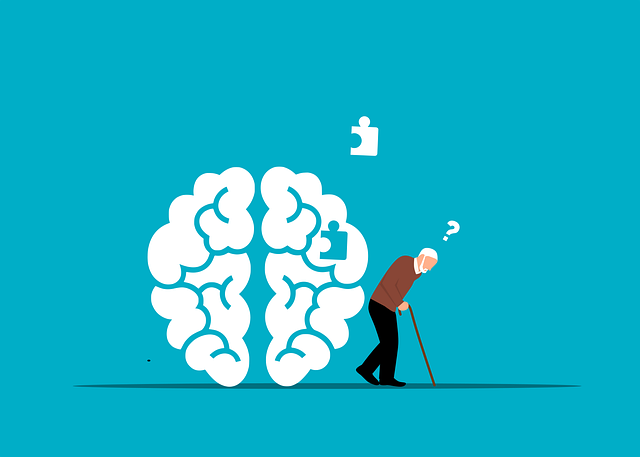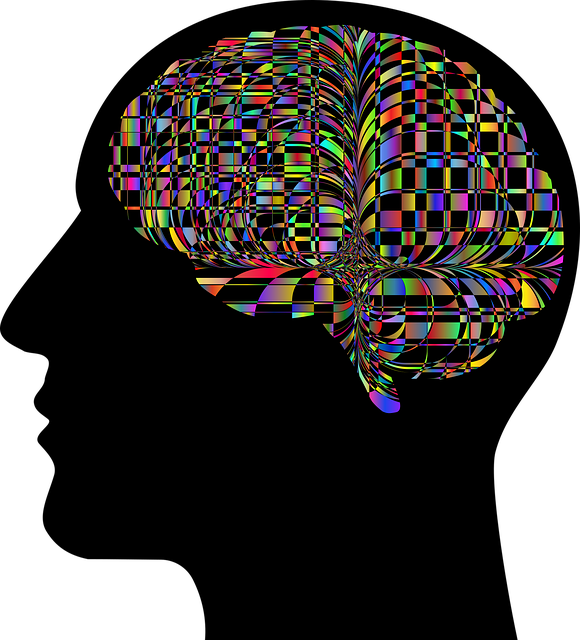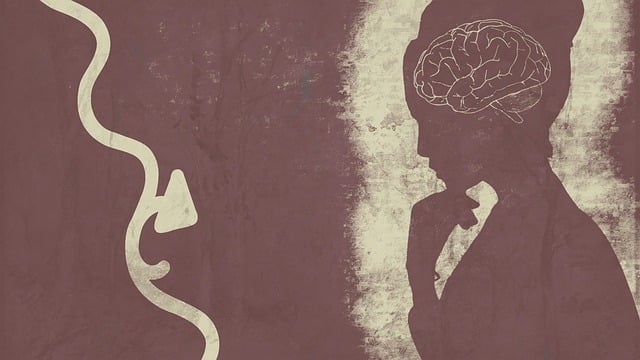Evaluating therapy for Bipolar Disorder involves tracking reductions in key symptoms like mania and depression via standardized tools like the MADRS and MRS, along with cultural sensitivity and trauma support. Structured interviews and self-report measures, such as mental wellness journaling, provide holistic insights into progress. Therapist-client interaction analysis further refines treatment plans by examining communication dynamics and feedback, integrating self-care practices for more effective long-term symptom management.
Mental wellness program evaluations are crucial for improving therapy outcomes, particularly in managing conditions like bipolar disorder. This article explores effective evaluation methods, focusing on assessing symptom reduction, therapist-client interactions, longitudinal tracking, and integrating client self-assessment. By employing structured interviews, self-report measures, regular follow-ups, and client feedback, mental health professionals can tailor treatments for better management of bipolar disorder symptoms. These strategies ensure therapy remains dynamic and responsive to individual needs.
- Assessing Symptom Reduction in Bipolar Disorder
- – Discussion on standard metrics for measuring mania and depression severity.
- – The role of structured interviews and self-report measures.
- Therapist and Client Interaction Analysis
Assessing Symptom Reduction in Bipolar Disorder

Evaluating the effectiveness of therapy for Bipolar Disorder involves assessing significant reductions in symptoms that define the condition. This typically includes measuring episodes of mania or depression, their intensity, frequency, and duration. Standardized questionnaires and clinical interviews are crucial tools for gauging these changes. They help mental health professionals track progress over time and determine if the chosen treatment plan is successful in stabilizing mood swings.
Cultural sensitivity in mental healthcare practice plays a vital role in this process, as experiences of bipolar disorder can vary across cultures. Trauma support services may also be integrated into the evaluation to understand how past traumas impact current symptoms and treatment outcomes. By considering these factors, emotional healing processes can be tailored to meet individual needs, ensuring more comprehensive and effective therapy for Bipolar Disorder.
– Discussion on standard metrics for measuring mania and depression severity.

Evaluating the effectiveness of mental wellness programs, particularly those designed for conditions like Bipolar Disorder, relies heavily on standard metrics to assess mania and depression severity. Tools such as the Montgomery-Asberg Depression Rating Scale (MADRS) and the Mania Rating Scale (MRS) are widely recognized and validated measurements in clinical settings. The MADRS quantifies symptoms of depression, while the MRS evaluates manic or hypomanic episodes, offering a comprehensive view of an individual’s mental health status.
These metrics facilitate consistent and objective comparisons over time, enabling therapists to tailor treatment plans accordingly. For instance, within a therapy for Bipolar Disorder, the gradual reduction in MRS and MADRS scores can indicate successful management of symptoms. Moreover, Mental Health Awareness and understanding these indicators empower individuals to track their progress through regular self-assessments, complementing professional evaluations. Mental Wellness Journaling Exercise Guidance can provide valuable insights into fluctuations in mood, energy levels, and overall well-being, enhancing the communication strategies employed by both patients and therapists during treatment sessions.
– The role of structured interviews and self-report measures.

Structured interviews and self-report measures are two critical components in evaluating mental wellness programs, particularly for conditions such as Bipolar Disorder. Structured interviews allow for consistent and thorough assessment by trained professionals, providing insights into symptoms, severity, and changes over time. These interviews can help diagnose and monitor progress, especially when coupled with validated scales designed to assess specific aspects of mental health like Self-Esteem Improvement.
Self-report measures, while not as direct as structured interviews, offer a valuable perspective by capturing the individual’s self-perception and experience. Tools that encourage reflection on symptoms, emotions, and behaviors related to Bipolar Disorder can provide rich data for therapists. Moreover, integrating methods like Compassion Cultivation Practices and Self-Awareness Exercises into these assessments offers a holistic view of the client’s mental wellness journey, potentially highlighting areas for improvement beyond symptom reduction.
Therapist and Client Interaction Analysis

Therapist and Client Interaction Analysis plays a pivotal role in evaluating mental wellness programs, particularly for those focusing on conditions like Bipolar Disorder. Through meticulous observation and detailed documentation, therapists can assess the quality of communication, emotional connections, and progress made during sessions. This analysis involves scrutinizing techniques employed, feedback from clients, and measurable outcomes related to therapy goals. By integrating these insights into program development, mental wellness coaching programs can be tailored to meet individual needs more effectively.
For instance, in the context of Therapy for Bipolar Disorder, interaction analysis may reveal unique communication patterns that help or hinder progress. This data can inform adjustments in treatment strategies and even influence policy directions. Mental Health Policy Analysis and Advocacy, therefore, benefits from such insights, aiming to enhance services through evidence-based practices. Moreover, understanding these interactions promotes the integration of Self-Care Practices into therapy plans, fostering better management of bipolar symptoms over time.
Evaluating mental wellness programs, particularly those focusing on Therapy for Bipolar Disorder, requires a multifaceted approach. By combining structured interviews and self-report measures, practitioners can gain a comprehensive understanding of symptom reduction. These methods not only assess the severity of mania and depression but also foster deeper insights into therapist-client interactions. Through such evaluations, tailored interventions can be designed to enhance therapeutic outcomes, ensuring that individuals with bipolar disorder receive the most effective care.












